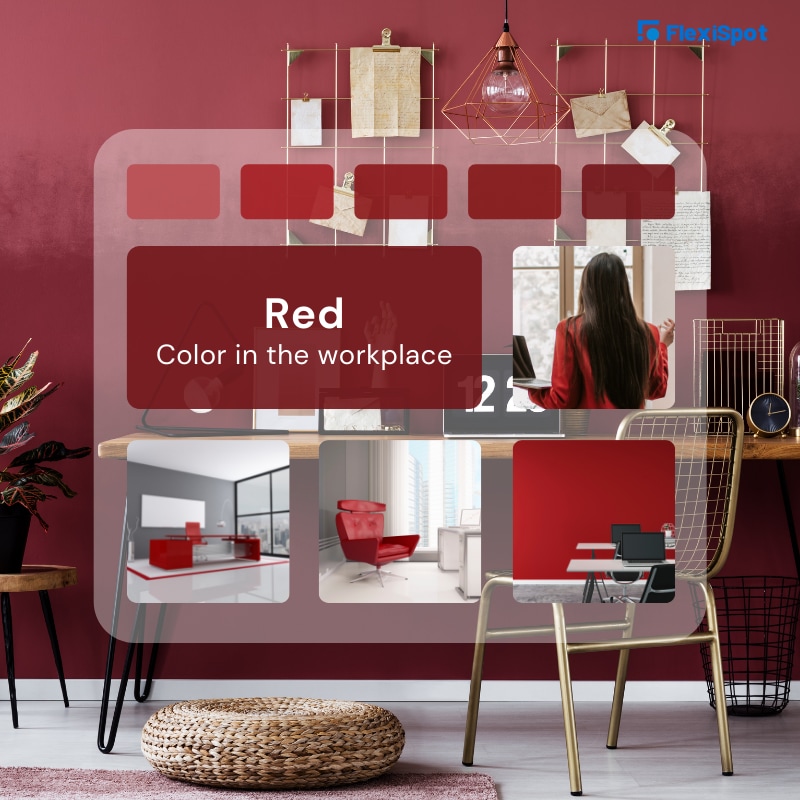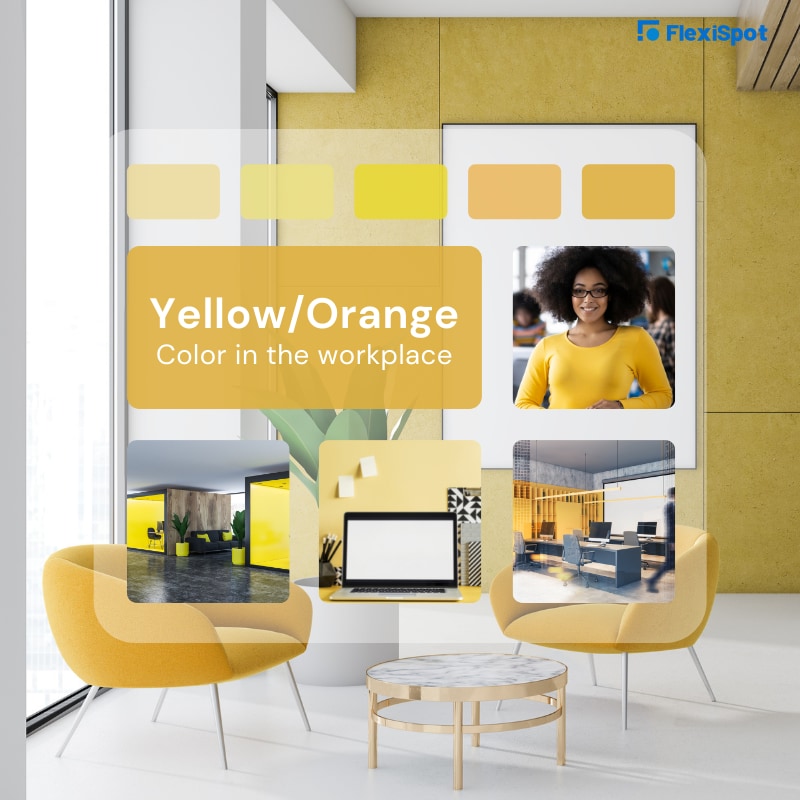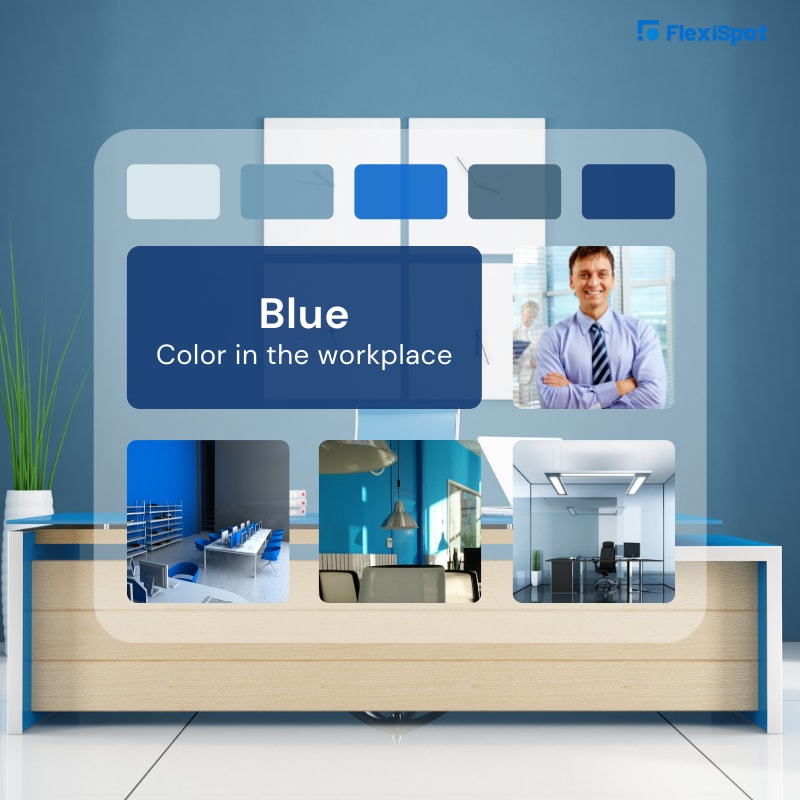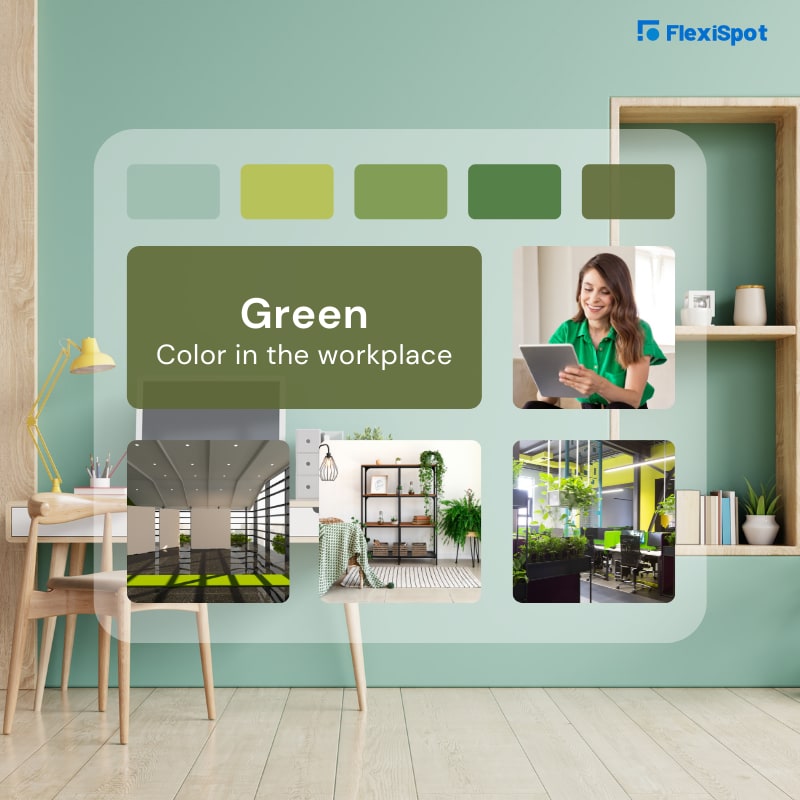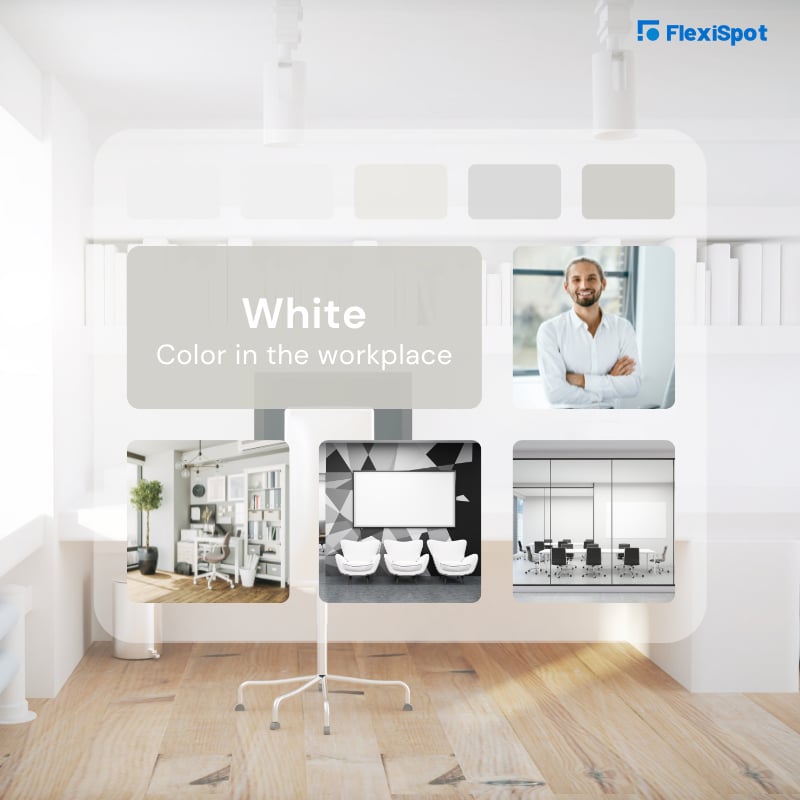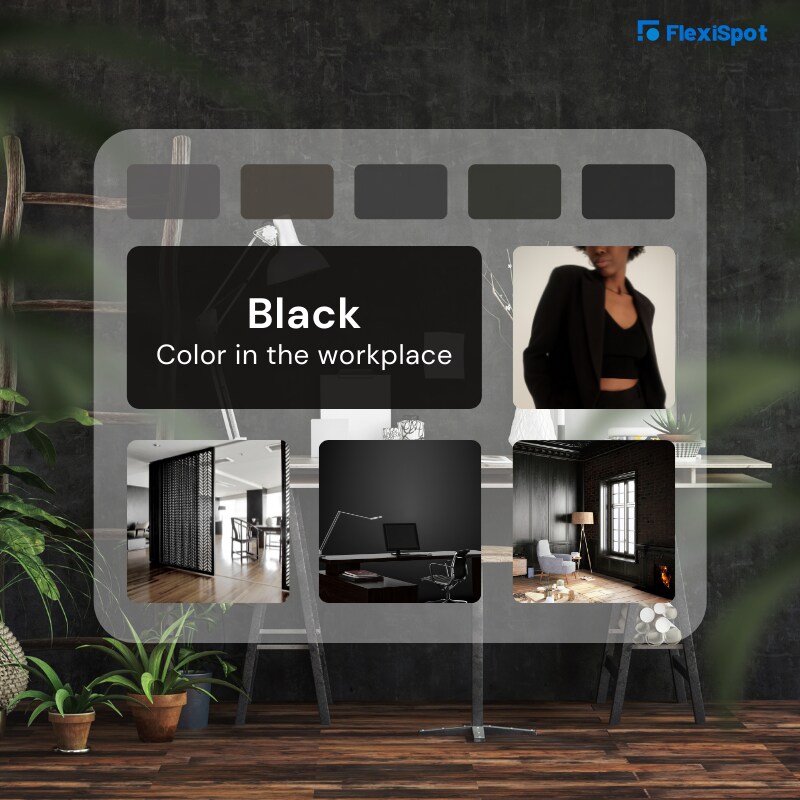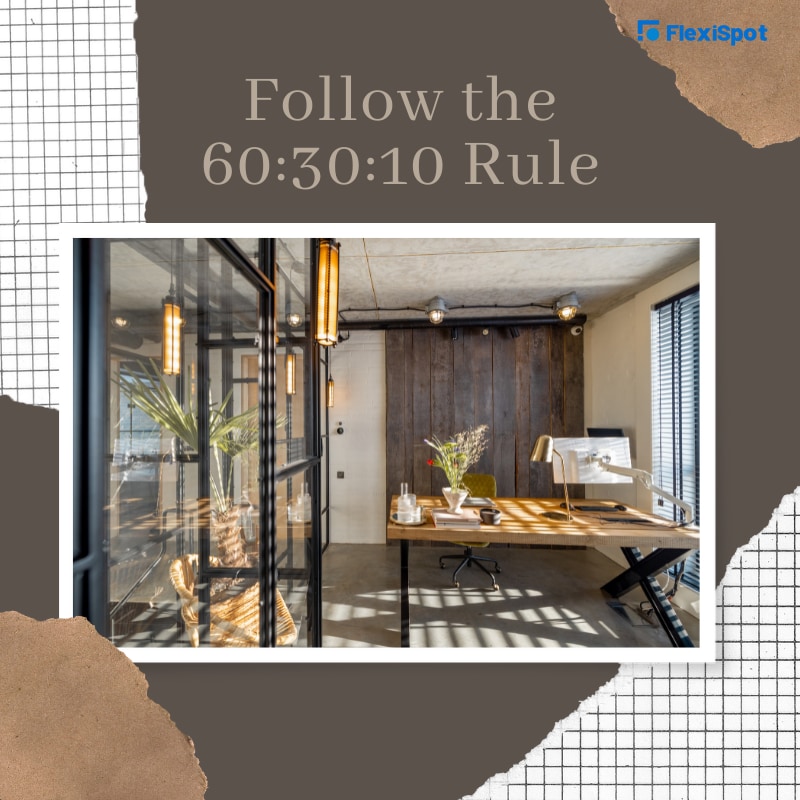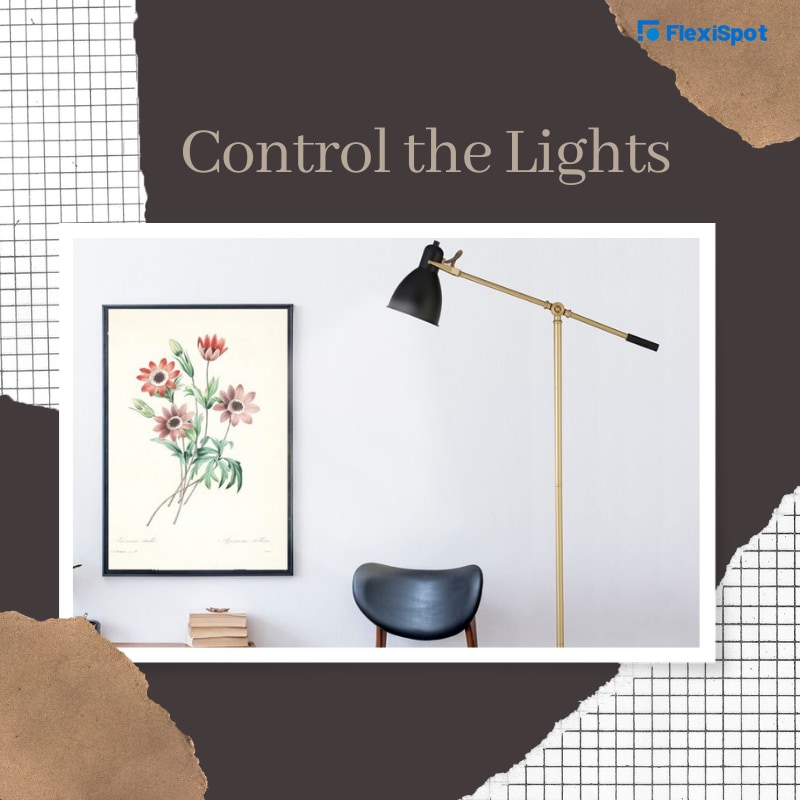Ever felt tired and unproductive in your workplace?
Perhaps this is because of the overall colors of the walls of your office. The effect color has on our mood and emotions is often overlooked, especially in corporate workplace design. Even small touches and pops of color can considerably impact our overall productivity.
Employers have finally recognized this profound impact that color has on our productivity and have started incorporating them to achieve their desired ambiance. If you want to change your office interior design and set the right tone, keep reading to learn more.
The Psychology of Color
Our human brain is wired to identify changes in time through the level of light. Some ignite happy feelings and make us alert, while others have restful influences. This explains why we feel tired and unproductive when there are insufficient light and duller colors in the office. The colors have the ability to determine whether we will procrastinate or work hard at work.
Through small touches of color through fixtures, furniture, paintings, and other tools can be incredibly beneficial in contributing to employees' overall wellbeing.
How Colors Affect Workplace Productivity
By now, you understand the importance of the right colors in an office. If you are wondering how to incorporate these colors and essentially which colors to use, keep reading. Here’s a look at how different colors can affect mood, emotions, and productivity at the workplace:
Red
Red is a color known for lust and passion. But besides that, it can also evoke urgency and alertness in people. Organizations, especially the fast-paced ones, should use splashes of red within the workplace because it can enhance creativity in the employees, boost productivity, and increase energy.
The color red within the workplace can help employees stay on top of their work and ensure that it is done on time. It will help them stay active throughout the day. However, it is vital that you don't overdo it with this color.
Employers should use red sparingly by incorporating hints of red throughout the workplace. This is because too much red can be overwhelming and may evoke anxiety. In fact, even if you keep a simple red sofa or chair in the office, it can brighten up the room, bolster creativity, and keep everyone alert.
Yellow/Orange
Yellow and orange are also colors that are associated with warmth and sunshine. This is why they can help evoke feelings like happiness, positivity, and hope. These colors are popular choices in workplaces, especially waiting rooms, lobbies, and meeting rooms. They can induce positive feelings in people and make them like your workplace and employees more.
Additionally, the orange color is linked to success, determination, and the drive to do better. Yellow is seen to energize the mind. When both are incorporated in an office, it can lead to more hardworking and productive employees. However, you must avoid adding too many of these warm colors to your workplace because they can become overwhelming and make you anxious or maybe even angry.
Blue
Blue is one of the most popular colors to incorporate in workplaces. It instills a range of positive and relaxing emotions like calmness, happiness, relaxation, and more. Not only that, but the color is known to enhance productivity, creativity, and intellectual thinking. Hence, the color helps employees feel productive and calm simultaneously, which is why it is an excellent option for workplaces.
This color is also an excellent option for workplaces or departments with repetitive work, such as accounting. It helps to evoke stability and trust in employees in such departments. Moreover, it is also a great option in creative departments because it can make workers more creative. The color promotes deeper thinking and sparks inspiration.
Another great area where this color can be incorporated is in meeting rooms. You can add splashes of blue through art pieces or wall colors, which can help employees be more productive. Just try to balance it out with other colors like black and brown not to overdo it.
Green
Perhaps the most common color for workplaces is green because it naturally evokes relaxation and positive feelings. The color can help people feel calmer, tranquil, and rejuvenated. It also reduces feelings of anxiety. This is why it is good to incorporate this color everywhere in an office, including conference rooms, waiting rooms, open working areas, and more.
The best way to add green into an office space is by keeping plants everywhere in the office. You can set them on desks, at office corners, in meeting rooms, etc. This adds color and fresh air to the office, making it even better. If you mix green tones with brown, it can be even more appealing since it gives an earthy and natural ambiance all over.
White
Many people tend to overlook the white color since they believe it is bland and boring. However, the color holds a lot of potential to make an office space exciting and aesthetically pleasing. White is an easy accent color that can be paired with most colors. It can also act as the perfect base for other colors. The color can be the foundation for different warm colors in an open working area, dining area, or meeting room.
White color makes people feel calmer organized and generally evokes positive feelings. Moreover, it can also make your office space look bigger and cleaner. Similarly, it can make dark offices brighter and more open, especially when teamed up with bright, clever lighting.
Black
Black is not a traditional or popular choice for offices, but it is one that should not be overlooked. It can make an office look quite chic and classy. It is typically used in offices to create a luxurious ambiance.
This is why waiting rooms and office rooms can create a classy and luxurious atmosphere, incorporated with other dark, plush colors. Black is also an excellent choice for offices where you want to create a more intimate and inviting space and if you want to give a feeling of control, intimidation, and power.
Other Ways to Enhance Workplace Productivity
Colors have been ingrained in our lives, and by reading about how color affects workplace productivity, you might be aware of their importance. They can significantly help your employees be more efficient and feel good.
However, there are also other strategies you can incorporate to enhance the overall productivity in your workplace. The two most significant ones include the following:
Follow the 60:30:10 Rule
Besides knowing which colors to incorporate in your workplace, you should also know about which color combination and colors mix well. As you can tell, there are tons of options to choose from for your modern office. You should be cautious of overdoing one color because it can become too overwhelming in some cases. This is why for any combination you choose, it is essential that you follow the 60:30:10 Rule.
This rule states that 60% of the room should comprise neutral colors, 30% of the room should include the second boldest color, and finally, 10% of the room should contain the boldest and most dominant color. The dominant color should only be an accent or hint in the office. This is the best way to ensure that all colors blend well together.
Get a Pro Standing Desk
A pro standing desk is the best way to beat non-productivity because it makes employees stay active during the day. They get the choice of whether to work while sitting or standing up. When they alternate between sitting and standing, workers can benefit from an active lifestyle that will help simultaneously keep their minds alert.
More and more workplaces are installing pro-standing desks because they stimulate creative and mental thinking, enhance problem-solving, and make employees more focused. Moreover, they improve the digestive system and metabolism, making employees healthy.
If you are looking to create a more cohesive, productive, and functional workplace, incorporating the right colors and getting a pro-standing desk will help you achieve that.
Control the Lights
Even if you have incorporated suitable colors in your workplace, you might find that your workers are still not as productive as they should be. Perhaps this is because of the lighting situation in your office. If it is dim and insufficient, it can significantly dull office space.
Hence, you should also incorporate as much light as possible in the workplace. It is best to use artificial light from lamps and LED lights and natural lights through expansive windows.
The Bottom Line
The impact of color on productivity and mood within the workplace cannot be overlooked. Employers should provide office spaces with all the right and suitable colors to set the right mood for their employees. This will ensure greater efficiency amongst employees.
Make sure you choose the right combination of colors by using the 60:30:10 Rule and get pro-standing desks installed for each workstation. Browse the wide range of high-quality, exceptionally functional, and aesthetically pleasing standing desk collections at FlexiSpot today!
